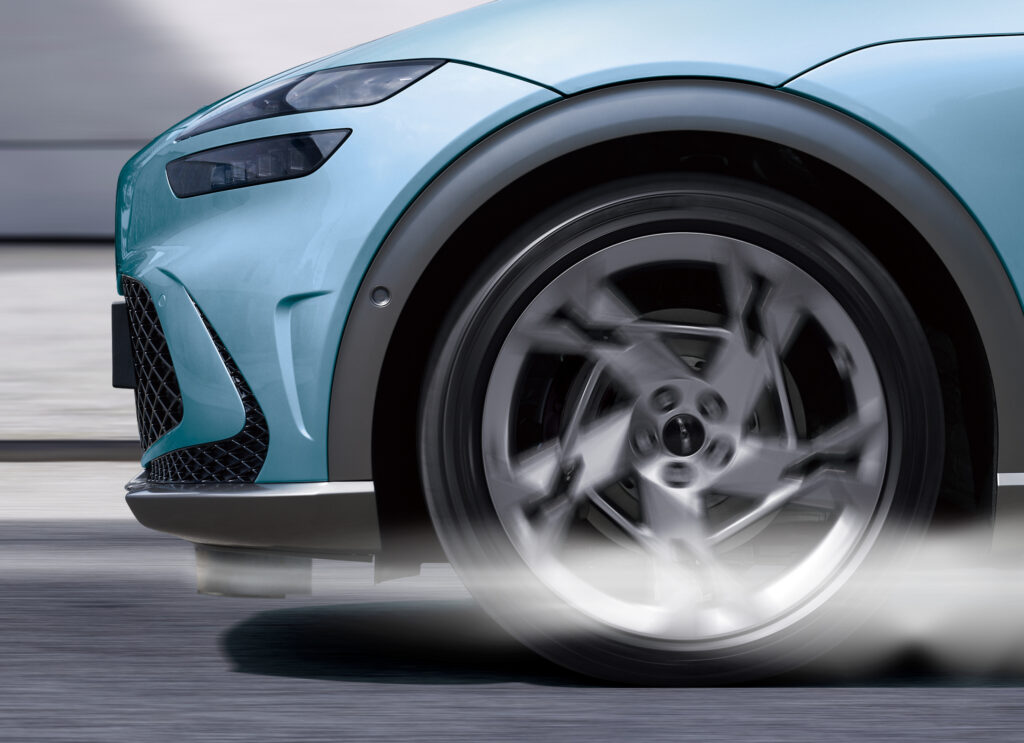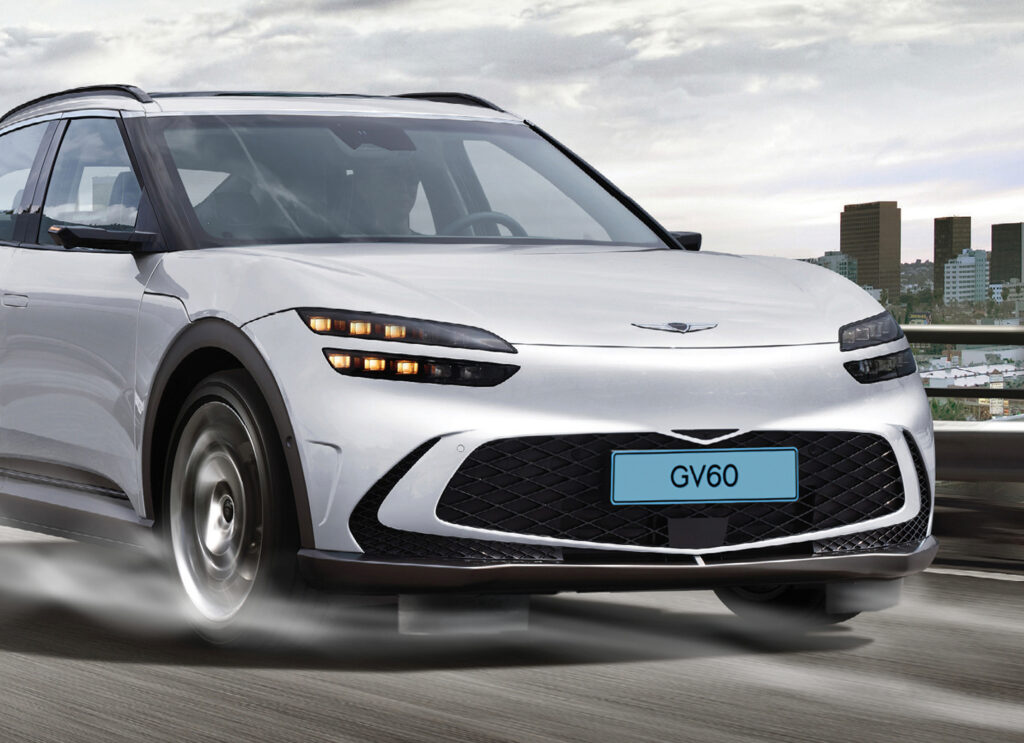Electric vehicle automakers are always looking for new ways to increase range and Hyundai Motor Group just dropped a new one. In fact, what it’s just dropped is its Active Air Skirt (AAS) Technology. According to the Korean group, it’ll help its EVs go faster and farther.
The system deploys air skirts in front of the leading tires but behind the front bumper to minimize turbulence caused by the wheels. These skirts are activated at speeds exceeding 80 km/h (49.7 mph) and automatically retract when the vehicle’s speed drops below 70 km/h (43.5 mph). In testing with the Genesis GV60, Active Air Skirt Tech resulted in a reduction of the drag coefficient (Cd) by 0.008, thereby improving drag by 2.8 percent.

On top of that, Hyundai says that AAS won’t stop providing benefits at higher speeds either. Evidently, it also increases downforce and works at speeds above 200 km/h (124 mph). Generally speaking, most race cars also have some sort of bodywork that reduces turbulence just ahead of the tires. In this case, though, it appears as though Hyundai plans to use AAS across a number of vehicles.
“This technology is expected to have a greater effect on models such as SUVs where it is difficult to improve aerodynamic performance,” said Sun Hyung Cho, Vice President and Head of the Mobility Body Development Group at Hyundai Motor Group. “We will continue to strive to improve the driving performance and stability of electric vehicles through improvements in aerodynamics.”
Read: These Are The Best Selling EVs Of 2023
Incremental gains are vital in the EV market as every brand wants to eke out as much range as possible. Active Air Skirt Technology shouldn’t be too surprising to those paying attention to the technologies that Hyundai uses on its EV lineup. The Ioniq 6 already employs active air flaps, wheel air curtains, wheel gap reducers, and a rear spoiler all aimed at reducing drag coefficients.
For the time being, AAS is only in development. The company has applied for patents in both South Korea and the USA. It says that it plans to “consider mass production after durability and performance tests.” So it’s plausible that we might not ever see it in showrooms.




